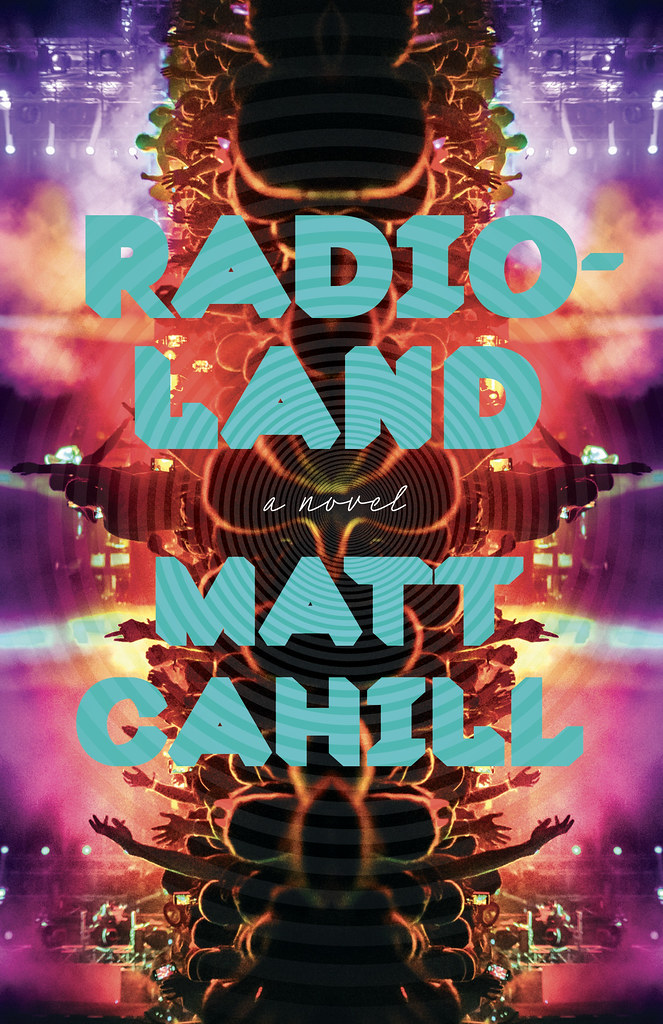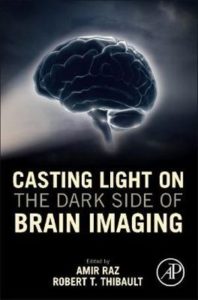Lou Reed is like a magic uncle to me. His voice was there in my teens when I was very alone, feeling vulnerable and misunderstood. My real entry point was a best-of cassette, Rock and Roll Diary: 1967-1980 . It was there that I not only discovered his solo material (uneven a collection though this release was), but discovered his seminal early band, The Velvet Underground (with John Cale, Sterling Morrison and Moe Tucker). His voice managed to cut through the bullshit and yet was supernaturally intimate. It was through this intimacy–the inherent heartbreak in his poetically-charged lyrics and his speak-sing voice, the lurid provocation of (what we would now call) his queerness–that I fell under Lou Reed’s spell, and I count myself among many. Another best-of (I was a teenager, forgive me) was Walk on the Wild Side: The Best of Lou Reed, which was a more even introduction to his 70s solo material. I told myself, there was no way you could listen to his live version of Coney Island Baby and not feel an elemental longing combined with a stubborn conviction in the idea of salvation by love.
Lou’s work was uneven, perhaps not by his stated standards, but with each album (and each decade) you just didn’t know what you were going to get. And yet, even that was cool. He was the coolest person on this earth. Go ahead, Lou, release the Bob Ezrin-produced Berlin, and album of fantastically depressing yet inspired songwriting. Put out Metal Machine Music, the sonic equivalent of a root canal. If you were looking for iterations on his most well-known album, Transformer, he was already onto something else, and often something polarizingly different. Perhaps solipsistic, perhaps self-intoxicated, perhaps self-annihilating. Perhaps lost in the mid-80s, writing MTV pop songs with production standards that don’t age well.
The height of my appreciation for Lou Reed came as he released New York in ’89, when the quality of his output (and production standards) levelled up while I was turning nineteen. It combined his assured poetic chops with acidic social critique and a fuck-tonne of guitar. This was followed by Songs for Drella, to this day one of my standalone favourite albums. Brimming with empathy but with a Velvet-y stripped-down sonic aesthetic (that I wished the acoustic-driven “Unplugged” trend at the time embraced), it was a collaboration with his former collaborator, John Cale; an ode to their mentor (and one-time producer) Andy Warhol, who had recently passed.
I should probably talk about Will Hermes biography of Reed. And, in a way, I am. It’s a weird feeling, reading the intimate (and finely rendered) details about someone who was a spiritual role model in so many years of my life, especially under so many situations that seemed beyond my control.

I knew he could be, to put it lightly, difficult. He didn’t suffer fools. And yet as someone now in their 50s, with a lot of life experience and self-reflection, I’m inherently prone to interrogate phrases like this. Basically: isn’t that another way of saying “asshole?” They weren’t always “fools,” but people he knew, people he had a history with. Hermes’ accounts of Reed severing ties indirectly, through third parties, with figures no less important to his life (save career) than Warhol and Cale–even his wife, Sylvia Morales–are difficult to read. Difficult because, and perhaps I’m doing him too much a service in saying this, but in many ways he represents the sort of insecure artist that many have inside of us. The part of us that is more comfortable sending a witty indirect riposte than having the balls to actually sit down and speak with someone face-to-face, consequences be what they may.
He was artistically uncompromising and yet simultaneously his best enemy, hindered in no small way by spending the better part of a decade-and-a-half deeply entwined with chronic substance use (heroin, yes, but mostly alcohol with amphetamines). His songs came from deep injury and his MO was deeply insecure, lashing out, burning bridges, yet consistently championing the works of those around him he admired with the fire of a thousand teenagers (The Ramones, Talking Heads and most recently, Anohni).
This isn’t a book for a casual fan (if that’s possible to be). And yet, for those of us who are–in whatever way–beholden to Lou Reed’s music, no matter how inconsistent (note, my favourite solo album is Street Hassle, which is a deeply fucked fin de 70s meltdown, capped by the brilliant title track), no matter how maddening yet believable a depiction, what Hermes is able to show of Reed’s character is consistently inconsistent. A collection of contradictions almost built to self-destruct. A middle-class Jewish kid from Long Island who became known for the seedy NYC underground, a queer role model uncomfortable with his self-promoted ownership of that attribute. Someone who wanted it both ways: to be a provocateur, but without an instinct to reflect on the consequences.
Despite his self-destructive instincts, despite his sometimes terrible treatment of the people closest to him–including allegations of occasional physical assault of partners–I wept while reading Hermes’ deeply tender account of Reed’s passing by liver failure, accompanied by his longtime partner and soulmate Laurie Anderson, alongside local Toronto musician Kevin Hearn. It served as a sort of closure for me, a decade after the fact, helped by the unparalleled intimacy of the source material and the author’s judiciously light touch with prose when others would have opted for the sort of ham-fisted poetry Reed himself would’ve sneered at.
I’d like to mention that Lou Reed: The King of New York is not only a thorough document of a vital force in 20th century popular and alternative music, but an intimate glimpse of the 60s and 70s New York zeitgeist, as well as a compelling portrayal of the inherently dangerous world that those who belonged to the LGBTQ+ community faced (such as shock therapy for those young men institutionalized for being gay).
A brief note to Hermes, should he come across this: in the future please refrain from making the all-too-common mistake–particularly among American writers–of name-checking cities like Prague and New York City, only to refer to a concert in the same paragraph as happening “in Canada.” Um, we have cities, too.
[Update: I’ve been meaning to write this review for a while, and of course it turns out the day I pressed “publish” just happened to be Lou Reed’s birthday. Go figure.]



